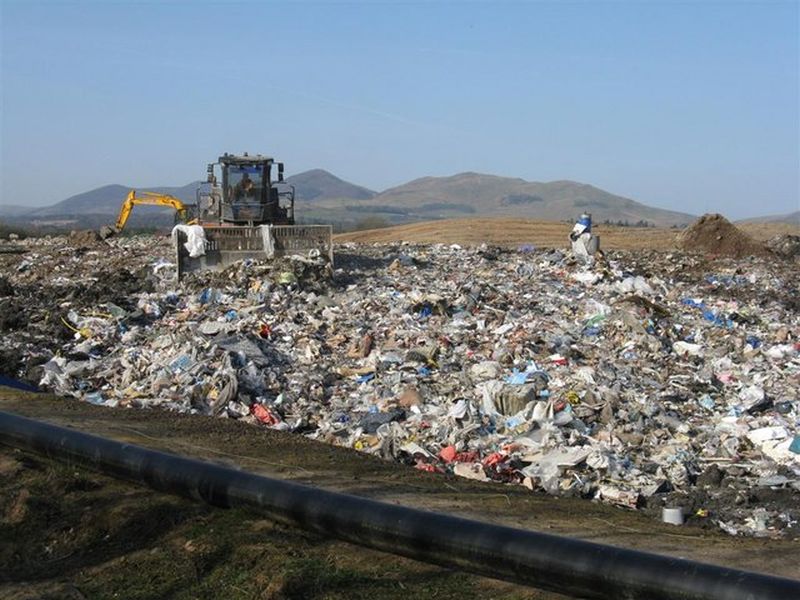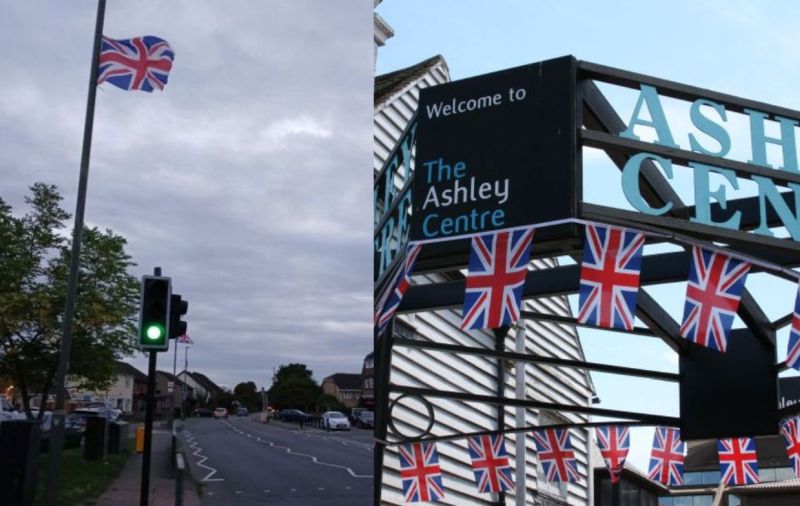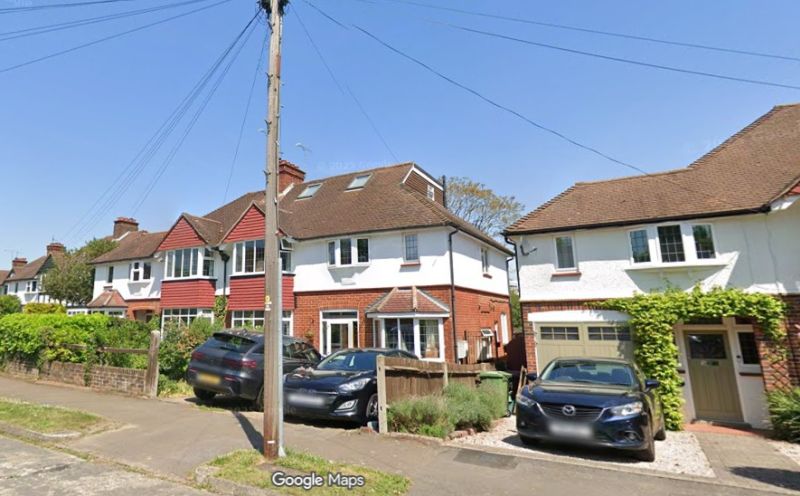Epsom Common Association: A History of Conservation and Biodiversity
Founded in 1974 by local residents deeply concerned about the state of Epsom Common and the looming threats to its existence, the Epsom Common Association has since been a stalwart defender of this natural haven. The roots of their mission trace back to the 1930s when borough and county planners contemplated the construction of an Epsom bypass, with a road cutting across the Common at the forefront of their plans.
By the 1960s and 70s, these proposals began to take concrete shape, much to the dismay of the community. In response, determined local individuals rallied to form the Epsom Common Association, a pivotal moment in the ongoing debate that would rage on throughout the following decades.
One of their early triumphs was the restoration of the Great Pond, a landmark achievement completed in 1979. Yet, their work encompassed a broader range of objectives:
- Preserving the Common: The Association was committed to safeguarding the Common from any potential housing or construction projects, road developments, or encroachments.
- Enhancing Amenity Value: Their mission extended to preserving and enhancing the Common’s amenity value for all users.
- Conservation of Biodiversity: Recognizing the Common’s unique status as a Site of Special Scientific Interest (SSSI), they sought to maintain and enhance a diverse range of habitats for various wildlife species.
- Nature Reserve Status: Their efforts also aimed at maintaining the Local Nature Reserve status and advocating for National Nature Reserve status.
- Contributing to Conservation: The Association played a vital role in conservation work through their volunteer team, ECoVols. These volunteers were engaged in various tasks, including scrub clearance, charcoal burning, tree planting, and bracken reduction.
To keep their members informed, the Association produces three newsletters each year, covering recent activities, wildlife observations, news, and potential threats. They also maintain an active online presence through their website and a Facebook page. See www.epsomcommon.org.uk
The Association’s governance is facilitated by a Committee, elected annually during the AGM. This Committee includes representatives from Epsom & Ewell Borough Council and the Lower Mole Partnership, ensuring collaboration and effective management.
Membership of the Association is just £3.00 per household, and an additional £2.00 for postal members, making it accessible to a wide range of residents.
Epsom Common, though no longer a pristine wilderness untouched by human influence, has been integral to the local community for centuries. From its historical use for grazing animals and gathering firewood to wartime cultivation, the Common has a rich heritage intertwined with human activity.
To guide its future as a public nature reserve and promote biodiversity, the Epsom & Ewell Borough Council unveiled a Hundred Year Management Plan (2016-2116), approved by Natural England. The Association wholeheartedly endorsed this long-term approach and commitment to biodiversity conservation.

In their bid to create a mosaic of habitats and maintain a balance between grassland and woodland, the Association undertakes various management activities. These include the removal of young secondary woodland to restore lost grassland and heath, as well as the reintroduction of summer cattle grazing.
A success story of their strategy lies in the thriving butterfly population on the Common. It now hosts a range of butterfly species, from woodland dwellers like the Purple Emperor and White Admiral to grassland species like the Meadow Brown and Marbled White.
The diverse habitats have not only benefited butterflies but also thousands of other flora and fauna, including plants, fungi, insects, amphibians, reptiles, birds, and mammals.
The Association ensures active engagement with its members through events such as two annual evening meetings featuring guest speakers on topics related to the Common’s heritage and natural history.
Additionally, they organize natural history walks led by experienced naturalists, covering topics like butterflies, wildflowers, bush crickets, birds, fungi, and bats. These walks provided valuable insights into the richness of the Common’s ecosystem.
The Association’s commitment to conservation extends to the welfare of cattle on the Common, with members responsible for daily health and security checks.
Another intriguing facet of their work is charcoal production, a monthly endeavor from February to November. The charcoal is made from felled trees on Epsom and Ashtead Commons.
Finally, conservation task days, carried out from January to May and September to November, involve both hand tools and some power machinery. These efforts are conducted in close coordination with the Epsom & Ewell Borough Council and Natural England.
As the Association looks ahead, their plans include the removal of young trees to enhance wetland meadows, continued scrub and young tree removal to improve habitat for heathers and flowering plants, and hand-pulled bracken during the summer months to encourage grasses, meadow flowers, and heathers.
In sum, the Epsom Common Association stands as a shining example of community-led conservation efforts, dedicated to preserving the beauty, biodiversity, and heritage of the Epsom Common for generations to come.
You can get involved in the upcoming activities:
Sunday 15th & Monday 16th October at the Great Pond:
Removal of young trees along part of the eastern margin to open up a small wet land meadow for benefit of wild flowers and water fowl.
Sunday 19th & Monday 20th November at Bramble Heath:
Removal of scrub and young trees to maintain the open area and improve habitat for heathers and flowering plants.
Related reports:















